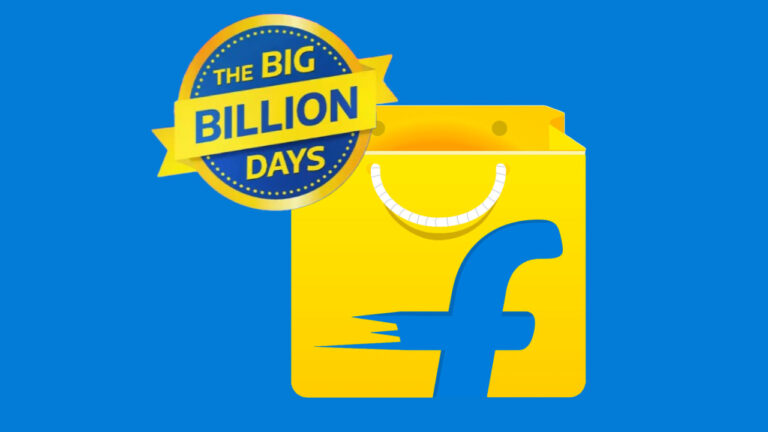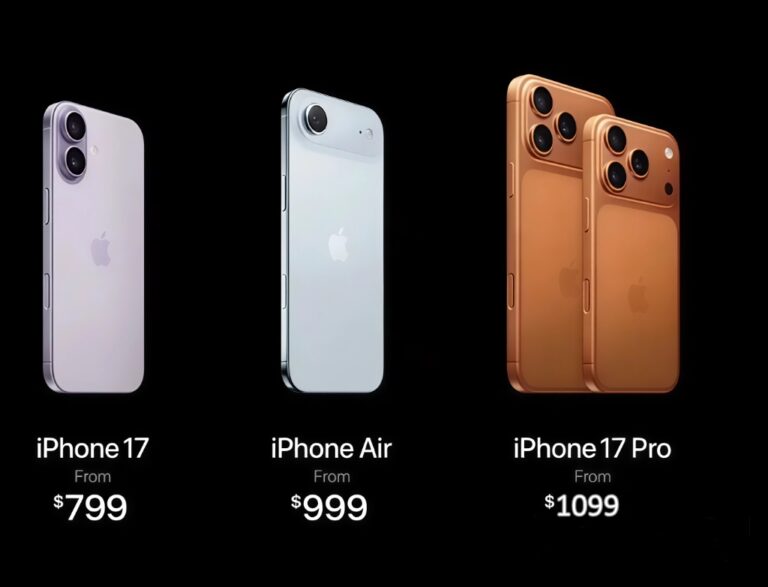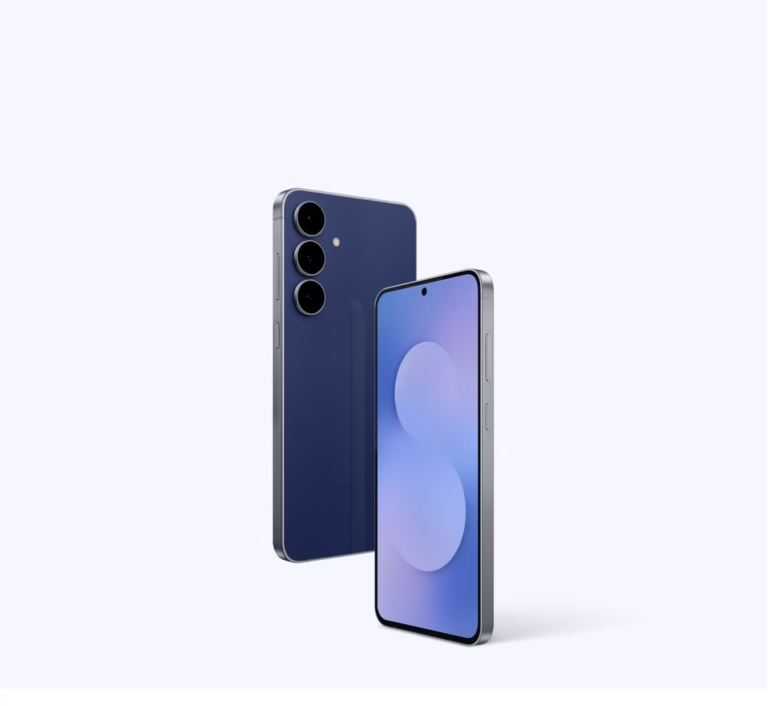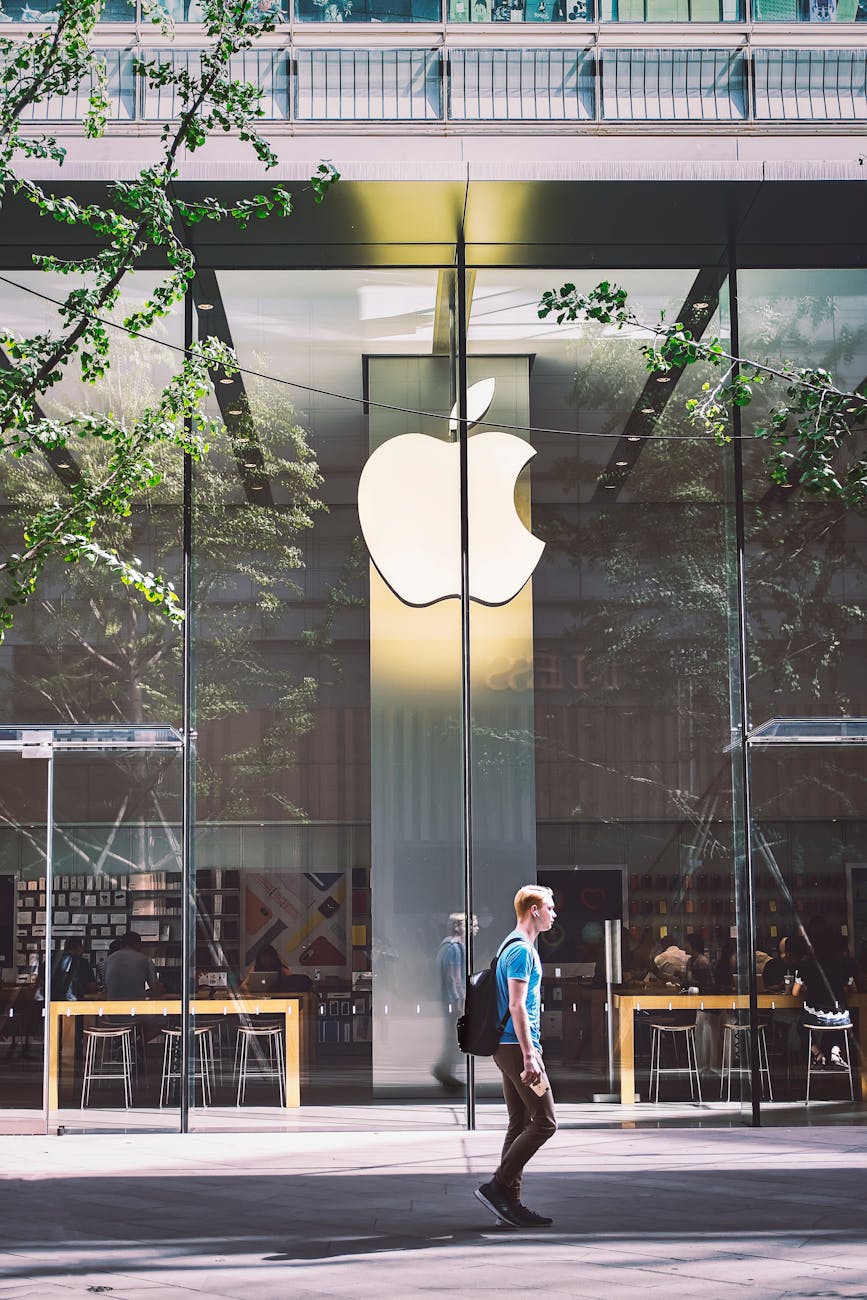
Photo by zhang kaiyv on <a href="https://www.pexels.com/photo/man-passing-an-apple-store-1237103/" rel="nofollow">Pexels.com</a>
Apple hosted its annual Worldwide Developers Conference (WWDC) from June 9 to 13, 2025, with the opening keynote taking place at Apple Park in Cupertino, California. The rest of the conference was streamed online for a global audience of developers and Apple enthusiasts. This year’s WWDC marked one of Apple’s most design-forward and AI-focused events, setting the tone for its next era of operating systems and developer tools.
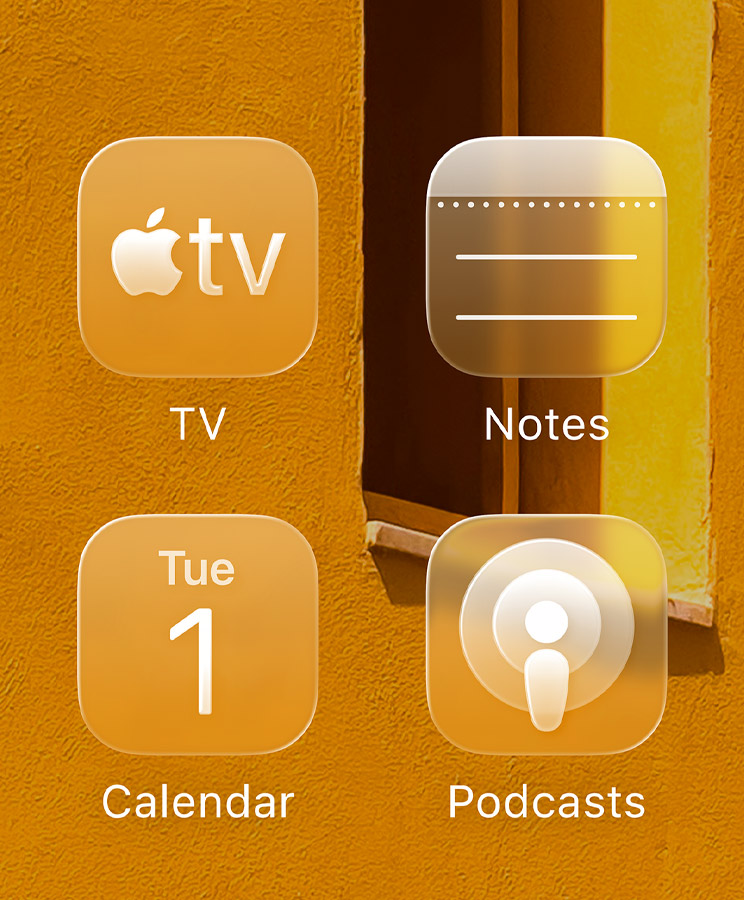
One of the most talked-about announcements was the introduction of a brand-new system-wide design language called “Liquid Glass.” This visual refresh brings translucent, glass-like aesthetics to iOS, iPadOS, macOS, watchOS, tvOS, and visionOS. It’s Apple’s biggest interface overhaul in over a decade and aims to unify the experience across all devices.
The company also announced new versions of all its major platforms: iOS 26, iPadOS 26, macOS 26 (now officially named “macOS Tahoe”), watchOS 26, andvisionOS 26. iOS 26 features the new design language, along with enhancements to Safari, Messages, and Apple Cash. iPadOS 26 improves multitasking with Mac-style windowed apps and better file management. macOS Tahoe brings the Liquid Glass look to the desktop and introduces Live Activities and a more powerful Spotlight. Apple also confirmed that this will be the final major macOS release to support Intel-based Macs. Meanwhile, watchOS 26 adds AI-powered fitness features like a virtual “Workout Buddy,” while visionOS 26 improves spatial widgets, persona avatars, and adds support for PlayStation VR2 controllers.
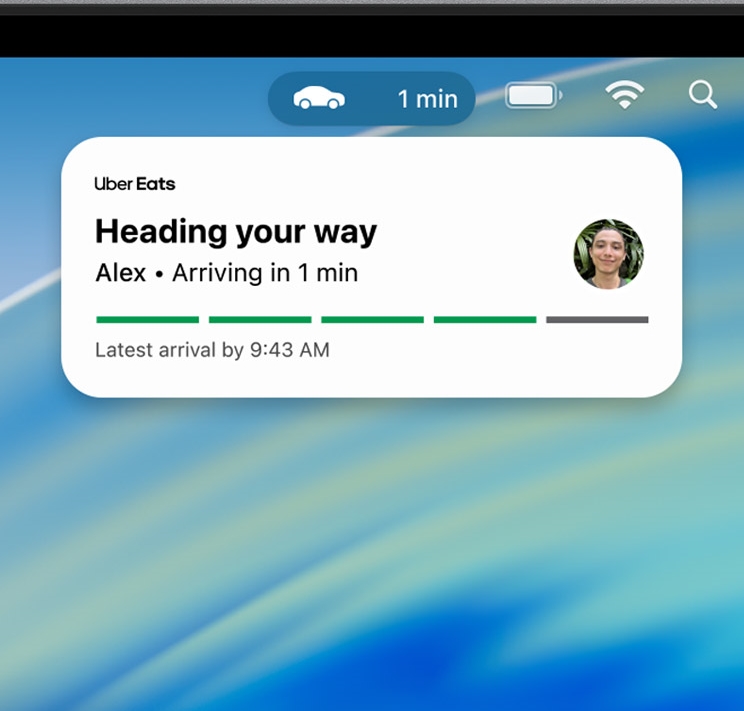
Apple made it clear that AI will play a significant role going forward. A new suite of tools—collectively branded under “Apple Intelligence”—was introduced to allow developers to build apps that leverage Apple’s AI models. This includes on-device screenshot search, smarter Siri integration (though a full Siri overhaul is delayed until 2026), and new AI enhancements to tools like Xcode. The company also announced productivity updates across the ecosystem, including a redesigned Phone app with real-time call screening, upgraded FaceTime and Messages with live translation and polls, a streamlined Games app, and more powerful Maps and CarPlay features.
Overall, WWDC 2025 emphasized visual harmony, smarter user experiences, and more open tools for developers. With the public beta rolling out in July and full releases expected in the fall, Apple has laid the groundwork for a more integrated and intelligent future across its ecosystem.

